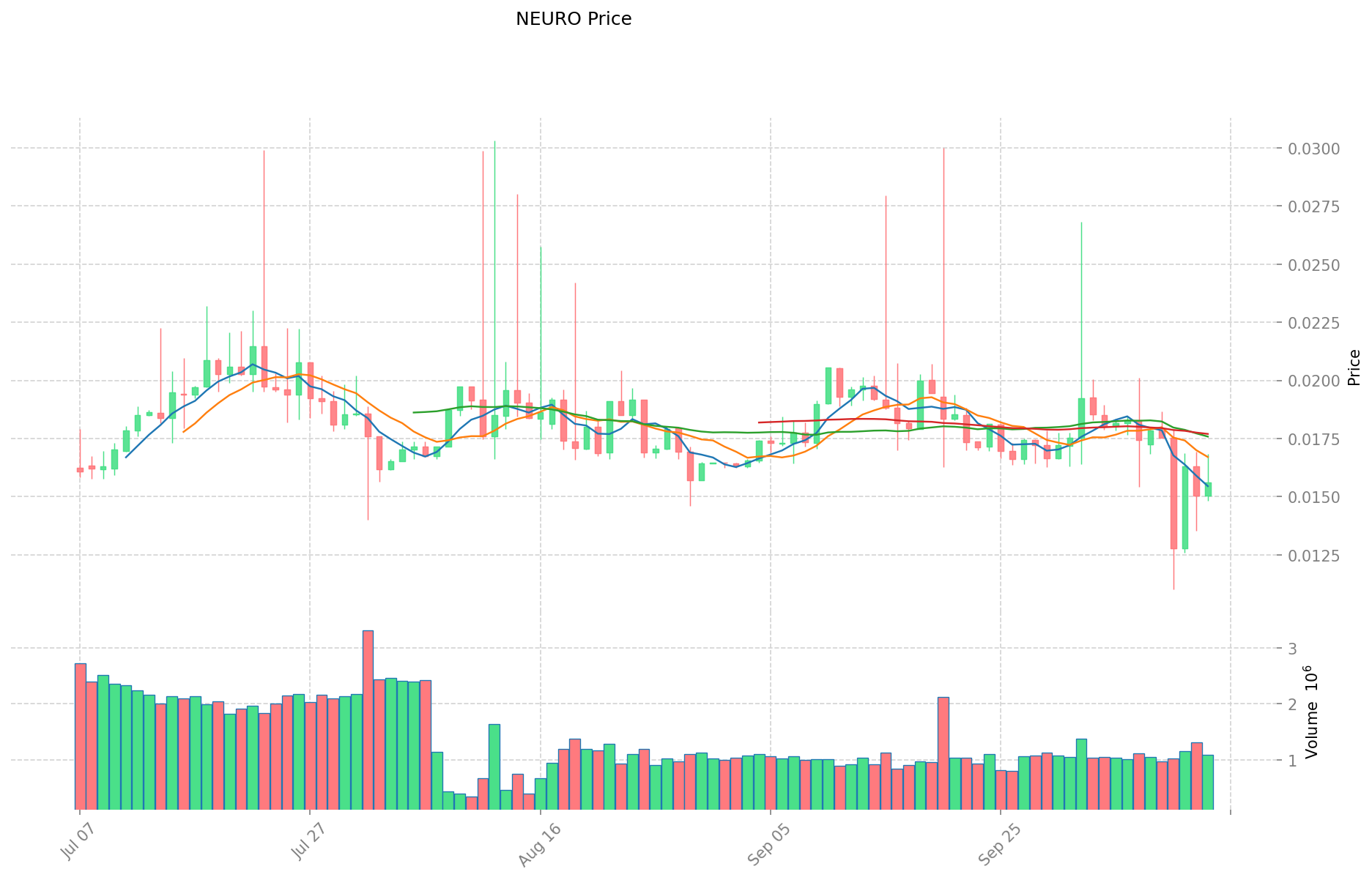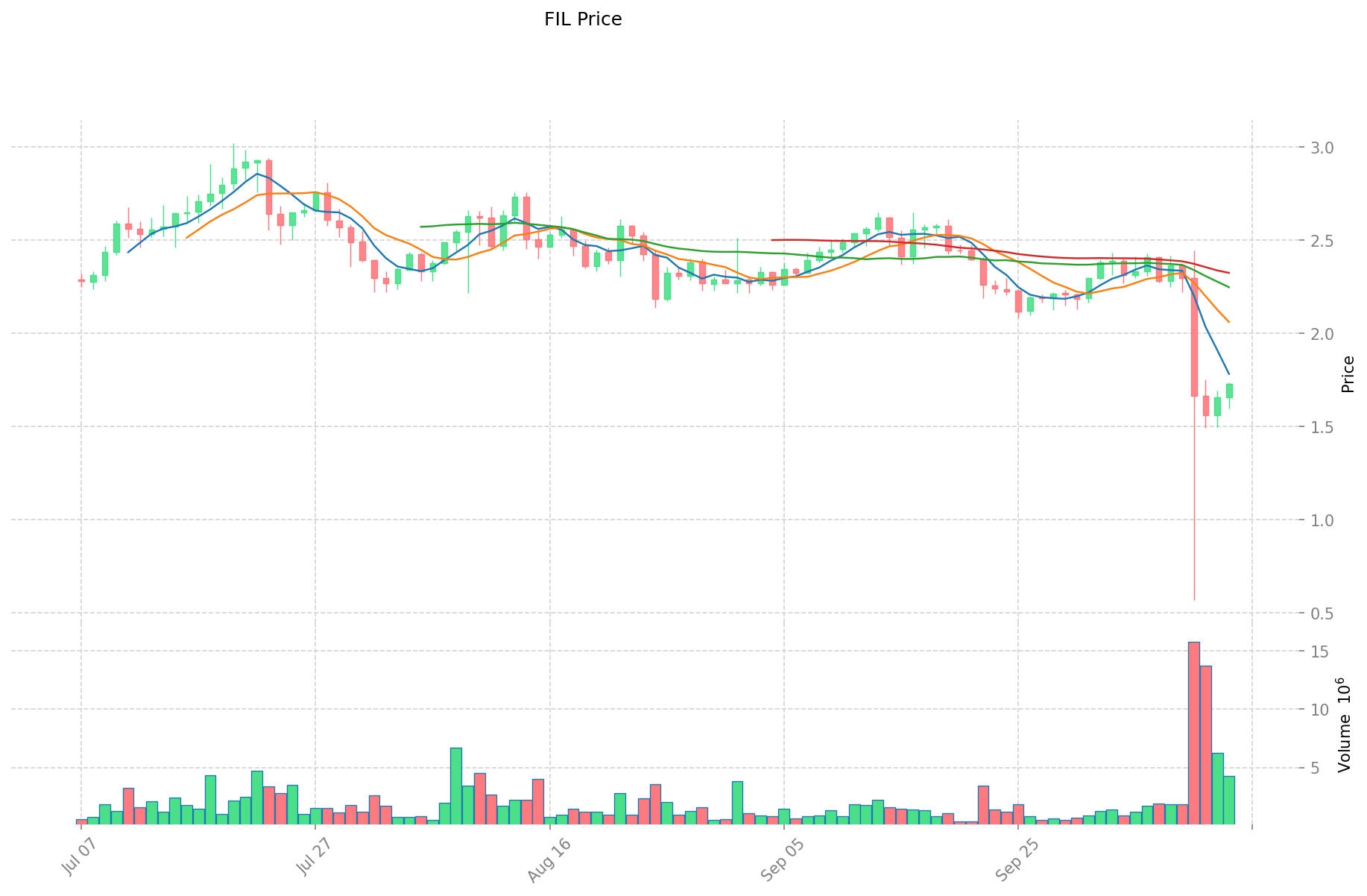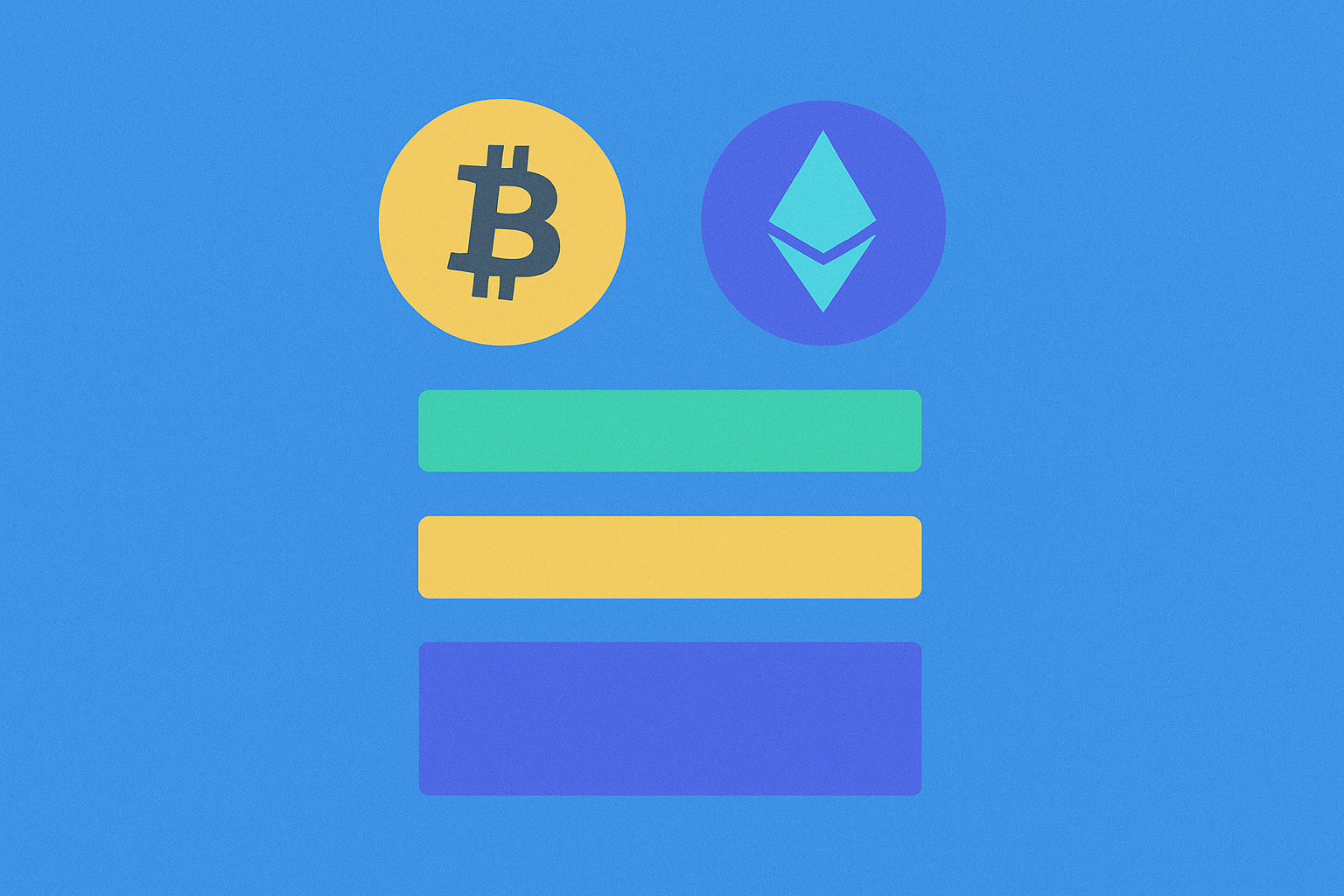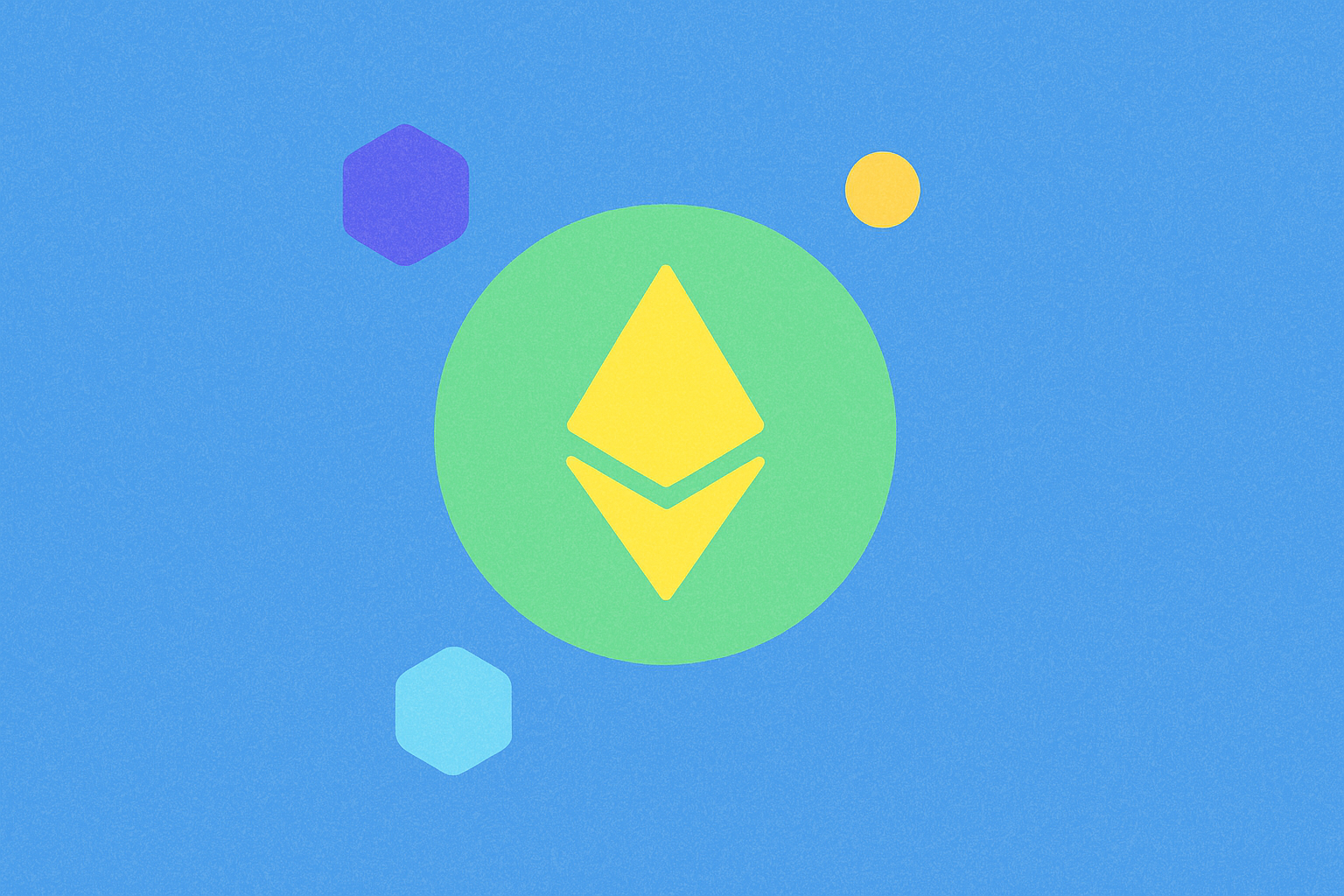NEURO vs FIL: Web3’te Merkeziyetsiz Depolama Üstünlüğü Yarışı

Giriş: NEURO ve FIL Yatırımı Karşılaştırması
Kripto para piyasasında NEURO ve FIL’in karşılaştırılması, yatırımcıların gündeminden hiç düşmeyen bir konudur. Her iki varlık, piyasa değeri sıralaması, uygulama alanları ve fiyat performansı bakımından önemli farklılıklar gösterirken, kripto varlıklar dünyasında farklı birer konumlanmayı temsil eder.
NeuroWebAI (NEURO): 2022’de piyasaya sürülen NEURO, yapay zeka alanında bilgi üretimi ve paylaşımını teşvik etmeye odaklanarak piyasanın dikkatini çekmiştir.
Filecoin (FIL): 2020’de tanıtılan FIL, merkeziyetsiz depolama ağı olarak öne çıkmış, küresel işlem hacmi ve piyasa değeriyle en büyük kripto paralar arasında yerini almıştır.
Bu makalede, NEURO ve FIL’in yatırım değerleri; geçmiş fiyat hareketleri, arz mekanizmaları, kurumsal benimsenme, teknolojik ekosistemler ve gelecek öngörüleriyle kapsamlı şekilde analiz edilecek, yatırımcıların en çok merak ettiği soruya yanıt aranacaktır:
"Şu anda hangisini almak daha avantajlı?"
I. Fiyat Geçmişi ve Güncel Piyasa Durumu Karşılaştırması
NEURO ve FIL’in Tarihsel Fiyat Eğilimleri
- 2025: NEURO, 6 Ocak 2025’te $0,3 ile zirveye, 16 Nisan 2025’te $0,01052 ile en düşük seviyesine ulaşmıştır.
- 2021: FIL, 1 Nisan 2021’de $236,84 ile tüm zamanların en yüksek fiyatını görmüştür.
- Karşılaştırma: Mevcut piyasa döngüsünde, NEURO dalgalı bir seyir izlerken, FIL zirvesinden önemli oranda gerilemiştir.
Güncel Piyasa Durumu (14 Ekim 2025)
- NEURO güncel fiyat: $0,01558
- FIL güncel fiyat: $1,725
- 24 saatlik işlem hacmi: NEURO $16.893,60 - FIL $7.072.597,72
- Piyasa Duyarlılık Endeksi (Korku & Açgözlülük): 38 (Korku)
Anlık fiyatlara ulaşmak için tıklayın:
- NEURO güncel fiyatı için Piyasa Fiyatı
- FIL güncel fiyatı için Piyasa Fiyatı


II. NEURO ve FIL’in Yatırım Değerini Etkileyen Temel Unsurlar
Arz Mekanizması Karşılaştırması (Tokenomik)
-
NEURO: Maksimum 10 milyar token ile sınırlı arz; ağ kullanımı arttıkça değer kazanmaya yönelik tasarım
-
FIL: Enflasyonist fakat deflasyonist unsurlar da içeriyor; blok ödülleri için yeni token üretimi, ağ işlemlerinde token yakımı
-
📌 Tarihsel Bakış: NEURO’nun sınırlı arz modeli, kıtlık kaynaklı değer oluştururken; FIL’in hibrit mekanizması, ağ teşvikleriyle değer korumasını dengelemeyi hedefler.
Kurumsal Benimsenme ve Piyasa Kullanımı
- Kurumsal Sahiplik: FIL, Digital Currency Group ve Coinbase Ventures gibi kurumlardan destek alırken, NEURO kurumsal yatırımcılar açısından daha yenidir
- Kurumsal Entegrasyon: FIL, sektörler arası kurumsal depolama çözümlerinde daha geniş kabul görürken; NEURO’nun yapay zeka altyapısı, uzmanlaşmış kurumsal kullanım alanlarını hedeflemektedir
- Düzenleyici Yaklaşımlar: Her iki proje de farklı ülkelerde çeşitli regülasyonlarla karşı karşıya; veri depolama ve yapay zeka uygulamaları farklı düzeylerde denetleniyor
Teknik Gelişim ve Ekosistem Oluşumu
- NEURO Teknik İlerlemeleri: Yapay zeka modeli eğitimi ve merkeziyetsiz çıkarım desteği sağlayan NeuPower protokolünün hızlı geliştirilmesi
- FIL Teknik Gelişimi: Depolama doğrulama sistemlerinde sürekli iyileştirmeler ve yakın dönemde Filecoin Virtual Machine (FVM)‘in devreye alınması
- Ekosistem Karşılaştırması: FIL, köklü iş ortaklıklarına sahip olgun bir depolama ekosistemi sunarken; NEURO, yapay zeka hesaplama ve veri gizliliği odaklı özel bir ekosistem inşa ediyor
Makroekonomik Faktörler ve Piyasa Döngüleri
- Enflasyona Karşı Performans: Her iki token da kullanım temelli değerleriyle enflasyona karşı koruma potansiyeline sahip; NEURO’nun sınırlı arzı daha güçlü bir koruma sağlayabilir
- Para Politikası Etkisi: Artan faiz oranları iki tokenı da baskı altına alırken, kullanım odaklı varlıklar spekülatif varlıklara göre daha dirençli olabilir
- Jeopolitik Faktörler: Veri egemenliğine yönelik endişeler ve teknolojik milliyetçilik, merkeziyetsiz depolama (FIL) ve yapay zeka altyapısına (NEURO) küresel talebi artırıyor
III. 2025-2030 Fiyat Tahmini: NEURO ve FIL
Kısa Vadeli Tahmin (2025)
- NEURO: Temkinli $0,0138751 - $0,01559 | İyimser $0,01559 - $0,0177726
- FIL: Temkinli $1,46965 - $1,729 | İyimser $1,729 - $2,00564
Orta Vadeli Tahmin (2027)
- NEURO’nun büyüme evresine girmesi, tahmini fiyat aralığı $0,01281791092 - $0,0226198428
- FIL’in güçlü büyüme evresine geçmesi, tahmini fiyat aralığı $2,118661272 - $2,756537784
- Temel etkenler: Kurumsal sermaye girişi, ETF etkisi, ekosistem gelişimi
Uzun Vadeli Tahmin (2030)
- NEURO: Temel senaryo $0,018534918791293 - $0,025047187555802 | İyimser senaryo $0,025047187555802 - $0,032811815698101
- FIL: Temel senaryo $2,54799522124056 - $3,1849940265507 | İyimser senaryo $3,1849940265507 - $3,344243727878235
Yasal Uyarı: Bu analiz yalnızca bilgilendirme amaçlıdır; yatırım tavsiyesi değildir. Kripto para piyasası yüksek volatiliteye ve öngörülemezliğe sahiptir. Yatırım kararı almadan önce mutlaka kendi araştırmanızı yapınız.
NEURO:
| Yıl | Tahmini En Yüksek Fiyat | Tahmini Ortalama Fiyat | Tahmini En Düşük Fiyat | Değişim Oranı |
|---|---|---|---|---|
| 2025 | 0,0177726 | 0,01559 | 0,0138751 | 0 |
| 2026 | 0,021018438 | 0,0166813 | 0,01334504 | 7 |
| 2027 | 0,0226198428 | 0,018849869 | 0,01281791092 | 20 |
| 2028 | 0,026747964111 | 0,0207348559 | 0,017831976074 | 33 |
| 2029 | 0,026352965106105 | 0,0237414100055 | 0,01709381520396 | 52 |
| 2030 | 0,032811815698101 | 0,025047187555802 | 0,018534918791293 | 60 |
FIL:
| Yıl | Tahmini En Yüksek Fiyat | Tahmini Ortalama Fiyat | Tahmini En Düşük Fiyat | Değişim Oranı |
|---|---|---|---|---|
| 2025 | 2,00564 | 1,729 | 1,46965 | 0 |
| 2026 | 2,6889408 | 1,86732 | 1,4751828 | 7 |
| 2027 | 2,756537784 | 2,2781304 | 2,118661272 | 31 |
| 2028 | 3,04597425132 | 2,517334092 | 1,53557379612 | 45 |
| 2029 | 3,5883338814414 | 2,78165417166 | 2,5591218379272 | 60 |
| 2030 | 3,344243727878235 | 3,1849940265507 | 2,54799522124056 | 83 |
IV. Yatırım Stratejisi Karşılaştırması: NEURO ve FIL
Uzun ve Kısa Vadeli Yatırım Stratejileri
- NEURO: Yapay zeka altyapısı ve bilgi ekonomisi potansiyeline odaklanan yatırımcılar için uygundur
- FIL: Merkeziyetsiz depolama çözümleri ve Web3 altyapısıyla ilgilenen yatırımcılar için uygundur
Risk Yönetimi ve Varlık Dağılımı
- Temkinli yatırımcılar için: NEURO %30, FIL %70
- Agresif yatırımcılar için: NEURO %60, FIL %40
- Koruma araçları: Stabilcoin dağılımı, opsiyonlar, çapraz para portföyleri
V. Potansiyel Risk Karşılaştırması
Piyasa Riskleri
- NEURO: Düşük piyasa değeri ve hacim nedeniyle daha yüksek dalgalanma riski
- FIL: Piyasa genel trendleri ve depolama sektöründeki rekabetten etkilenebilir
Teknik Riskler
- NEURO: Ölçeklenebilirlik, ağ istikrarı
- FIL: Madencilik gücü yoğunlaşması, güvenlik açıkları
Regülasyon Riskleri
- Küresel regülasyonlar, NEURO gibi yapay zeka odaklı projeler ile FIL gibi merkeziyetsiz depolama projelerini farklı şekilde etkileyebilir
VI. Sonuç: Hangisi Daha Avantajlı?
📌 Yatırım Değeri Özeti:
- NEURO’nun avantajları: Sınırlı arz modeli, büyüyen yapay zeka sektörüne odaklanması
- FIL’in avantajları: Yerleşik ekosistem, geniş kurumsal benimsenme
✅ Yatırım Tavsiyesi:
- Yeni başlayanlar: FIL’in köklü piyasa varlığından dolayı daha yüksek oranda dengeli bir portföy tercih edebilir
- Deneyimli yatırımcılar: İki tokenı stratejik şekilde birleştirip, yüksek büyüme potansiyeli için NEURO’ya ağırlık verebilir
- Kurumsal yatırımcılar: Portföy çeşitlendirmesi için her iki varlığı da değerlendirebilir, FIL daha hızlı entegrasyon fırsatları sunar
⚠️ Risk Uyarısı: Kripto para piyasası yüksek oynaklığa sahiptir, bu makale yatırım tavsiyesi değildir. None
VII. SSS
S1: NEURO ve FIL’in arz mekanizmaları açısından temel farkları nedir? C: NEURO, maksimum 10 milyar token ile sınırlı; ağ kullanımı arttıkça değer kazanacak şekilde tasarlanmıştır. FIL ise, blok ödülleri için yeni token üretimi ve ağ işlemlerinde token yakımıyla enflasyonist-deflasyonist bir modele sahiptir.
S2: NEURO ve FIL kurumsal benimsenme açısından nasıl karşılaştırılır? C: FIL, Digital Currency Group ve Coinbase Ventures gibi kurumsal destekçilere sahip. NEURO ise kurumsal yatırımcılar için görece yeni bir varlık. FIL, sektörler arası depolama çözümlerinde yaygın entegrasyona sahipken, NEURO’nun yapay zeka altyapısı daha özgün kurumsal kullanım alanları sunar.
S3: Her projenin öne çıkan teknik gelişmeleri nelerdir? C: NEURO, yapay zeka modeli eğitimi ve merkeziyetsiz çıkarım için NeuPower protokolünü hızla geliştiriyor. FIL ise depolama doğrulama sistemlerini sürekli iyileştiriyor ve yakın zamanda Filecoin Virtual Machine (FVM) platformunu devreye aldı.
S4: NEURO ve FIL’in uzun vadeli fiyat tahminleri nasıl karşılaştırılır? C: 2030’da NEURO için temel senaryo $0,018534918791293 - $0,025047187555802; iyimser senaryo $0,025047187555802 - $0,032811815698101. FIL için temel senaryo $2,54799522124056 - $3,1849940265507; iyimser senaryo $3,1849940265507 - $3,344243727878235 aralığında.
S5: NEURO ve FIL yatırımlarında başlıca risk faktörleri nelerdir? C: NEURO, düşük piyasa değeri ve işlem hacmi nedeniyle daha yüksek volatilite ve ölçeklenebilirlik/ağ istikrarı risklerine açık. FIL ise genel piyasa trendleri, depolama sektöründe rekabet, madencilik gücü yoğunlaşması ve güvenlik açıklarından etkilenebilir.
S6: Regülasyon faktörleri NEURO ve FIL’i nasıl farklı etkileyebilir? C: Küresel regülasyonlar, NEURO gibi yapay zeka odaklı projeler ile FIL gibi merkeziyetsiz depolama çözümlerini farklı derecede etkileyebilir. Yapay zeka uygulamaları ve veri depolama çözümleri, uyum ve benimsenme açısından farklı denetimlere tabi olabilir.
S7: NEURO ve FIL için hangi yatırım stratejileri önerilir? C: Temkinli yatırımcılar için dağılım %30 NEURO, %70 FIL; agresif yatırımcılar için %60 NEURO, %40 FIL. Riskin yönetimi için stabilcoin, opsiyon ve çapraz para portföyü gibi koruma araçları önerilir.

NATIX Network (NATIX) iyi bir yatırım mı? Bu yükselen Web3 altyapı çözümünün potansiyeli ve riskleri nelerdir?

AICell'i Keşfetmek: White Paper Mantığı ve Devrimci Kullanım Senaryoları

AI kripto tokenleri nedir: 2025'in En İyi Seçimleri

Kuantum Finansal Sistemi: Bankacılıktaki Zaman Çizelgesi ve Uygulama

Proje Omega: Elon Musk'ın Kripto Girişimi 2025'te Açıklandı

Mira Kripto: Nedir ve MIRA Token Nasıl Çalışır

Bored Ape Yacht Club NFT Koleksiyonlarına Nihai Rehber

DeFi Ekosisteminde Flash Krediler: Teminatsız Borçlanmaya Dair Bir İnceleme

Layer 1 Blokzincirlerinin Temel Özelliklerini Anlamak

NFT Nadirlik Analizi: Başarılı Stratejiler ve Öneriler

NFT üreticileriyle dijital sanat oluşturmak için öne çıkan araçlar





